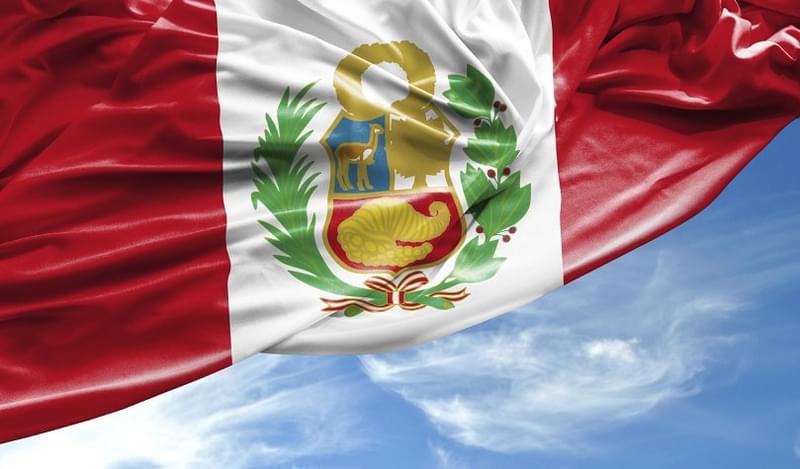The Peruvian sol posted its biggest daily gain in two decades on Monday after leftist presidential candidate Veronika Mendoza placed third in the first round of the country’s ‘elections with 17.1% of the vote. The sol climbed 2.69% to 3.27 to the US dollar by the end of trading on April 12.
Conservative candidate Keiko Fujimori, daughter of former Peruvian President Alberto Fujimori, won the first round with 39.5% of the vote, falling short of the 50% needed to avoid a second round. She will face Pedro Pablo Kuczynski, a former Finance Minister and central bank director, who placed second with 23.7% of the vote, in the next round of voting scheduled for June 5.
The country's select stock index jumped 8.4%, its best performance since 2008, after news of the first round results spread, with some of the country’s largest corporates – Buenaventura and Credicorp – posting some of their largest daily gains in years.
Analysts at BBH said both Fujimori and Kuczynski are expected to continue with orthodox economic policies, which is good news for markets. Mendoza was a strong proponent of curbs on the mining sector tax as well as raising corporate taxes.
While the mining sector outlook is still uncertain GDP is forecast to accelerate modestly to nearly 3.5% in 2016, up slightly from 3.2% in 2015, and price pressures are beginning to ease with CPI rising 4.3% year on year, the lowest level in six months – with further easing expected from the central bank.
“Fiscal policy has remained prudent. Unlike many of the commodity exporters, Peru actually is prepared for the other side of the commodity cycle. A structural fiscal rule has kept spending under control, and so the debt stock remains one of the lowest in the region despite the economic slump. The budget deficit came in around-3% of GDP in 2015. It is expected to narrow to around -2.5% this year,” explained BBH’s Global Head of Emerging Markets Strategy Dr Win Thin.
“The external accounts are also in decent shape. Lower copper and gold prices will hurt exports, but low energy prices have helped reduce imports. The current account gap was about -4% of GDP in both 2014 and 2015, but is expected to narrow slightly in 2016. Foreign reserves have fallen modestly, but at $61.5bn, they cover over 13 months of import and are about 8 times larger than short-term external debt.”
Thin pointed out that Peruvian equities have outperformed other EMs – the MSCI Peru is up 28% YTD, compared to 3% YTD for MSCI EM – while country’s bonds have generally led the upper middle range of the pack.
“The yield on 10-year local currency government bonds is down about 23bp YTD. This is in the middle of the pack. Compare this to the worst performers Bulgaria (+15bp), China (+7bp), and Poland (-4bp), as well as the best performers Brazil (-290bp), Indonesia (-117bp), and Turkey (-93bp). With inflation likely to continue falling and the central bank’s next likely move to be easing, we think Peruvian bonds could start outperforming more.”









